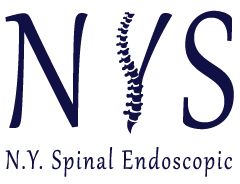What Conditions Do Spinal Cord Stimulators Treat?
- Severe nerve pain
- Failed spine surgery
- Chronic pain syndrome or complex regional pain syndrome
WHO IS A CANDIDATE FOR SPINAL CORD STIMULATORS?
Once a patient is selected for spinal cord stimulation, he or she undergoes two steps. First, the orthopedic surgeon will insert a temporary percutaneous (through the skin) electrode lead for a trial treatment period. The electrode is connected to a stimulator that the patient can control. Second, if the trial offers successful pain management by eliminating the patient’s pain, the physician will implant the permanent stimulator under the skin. This back pain treatment can be done with local anesthetic so that the patient is alert and comfortable. After the procedure, the physician will determine the best pulse strength for the patient.
